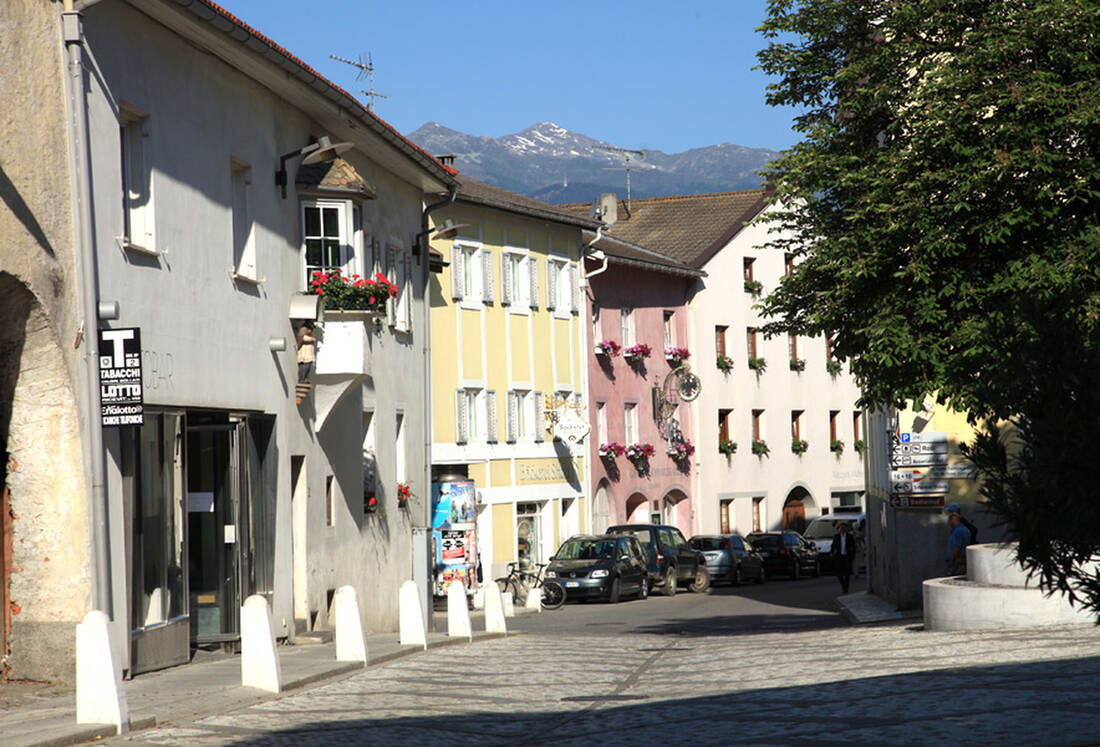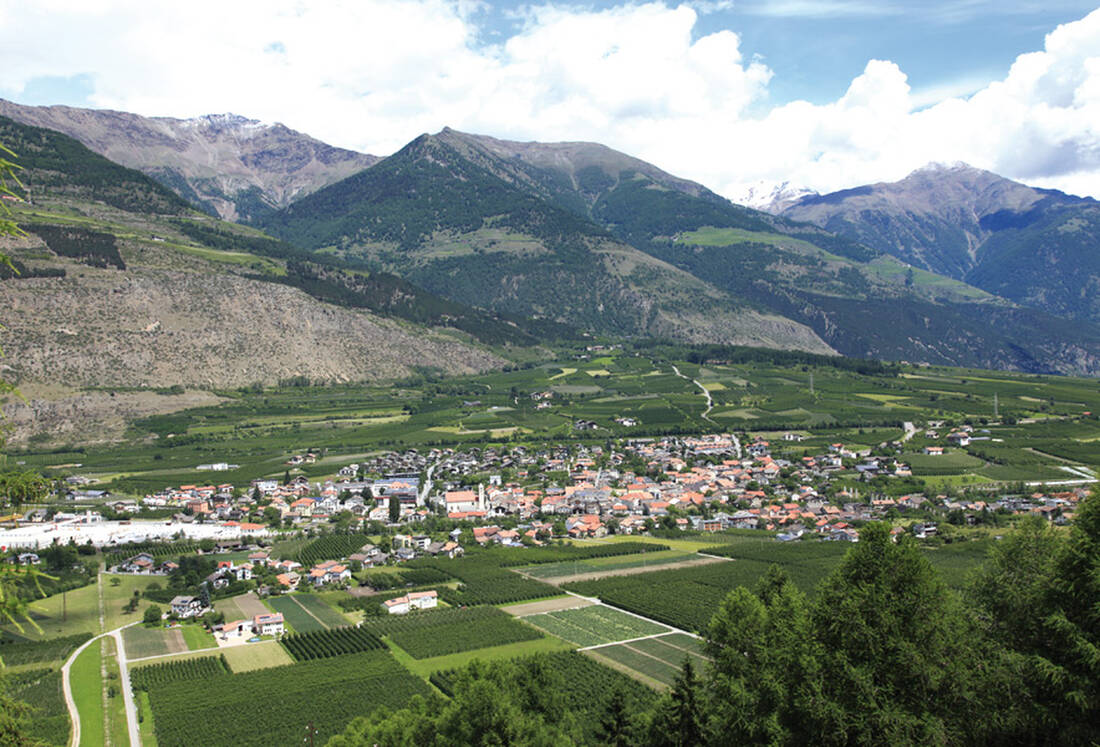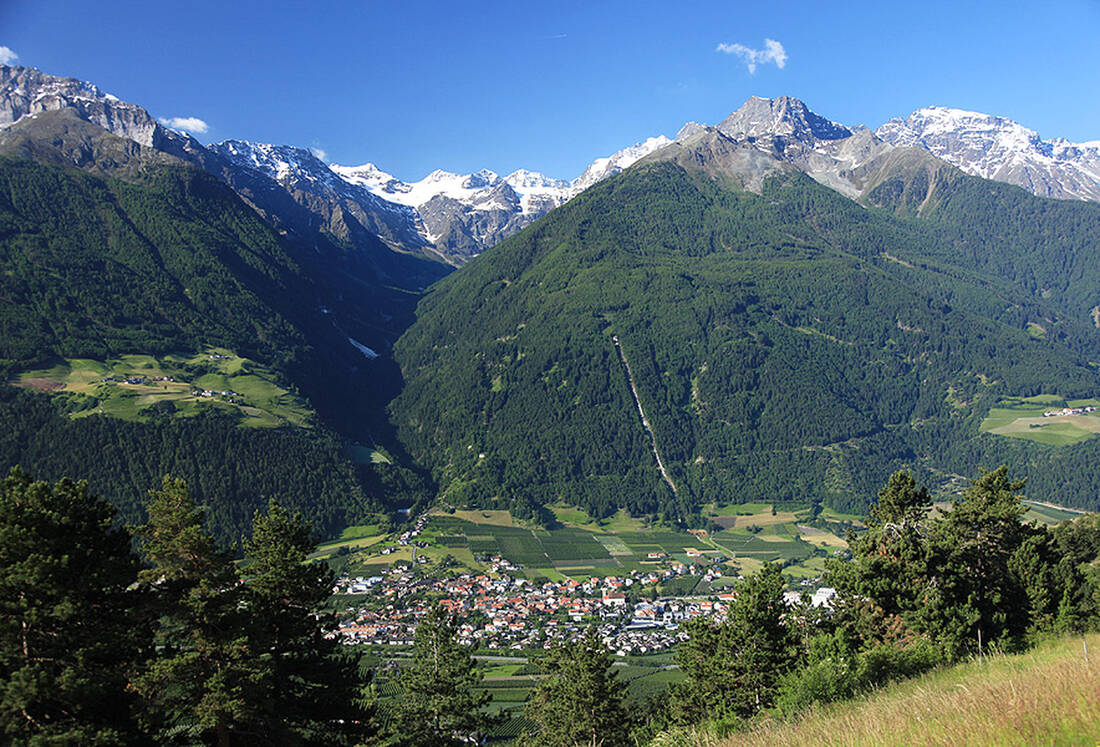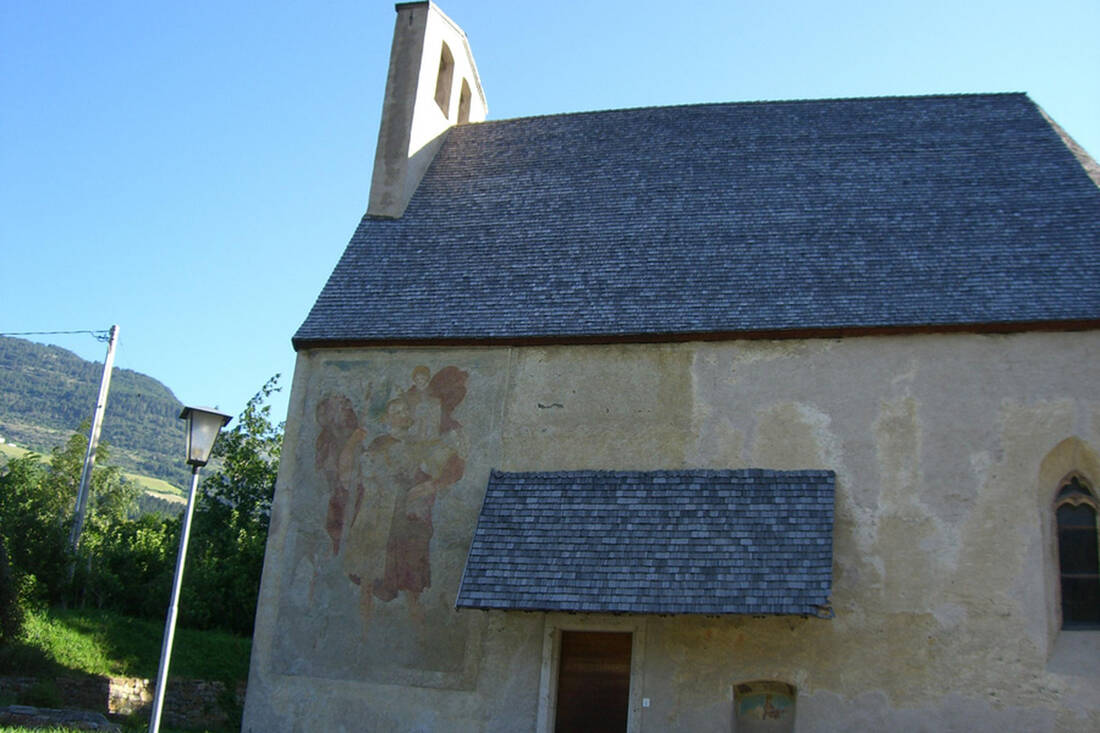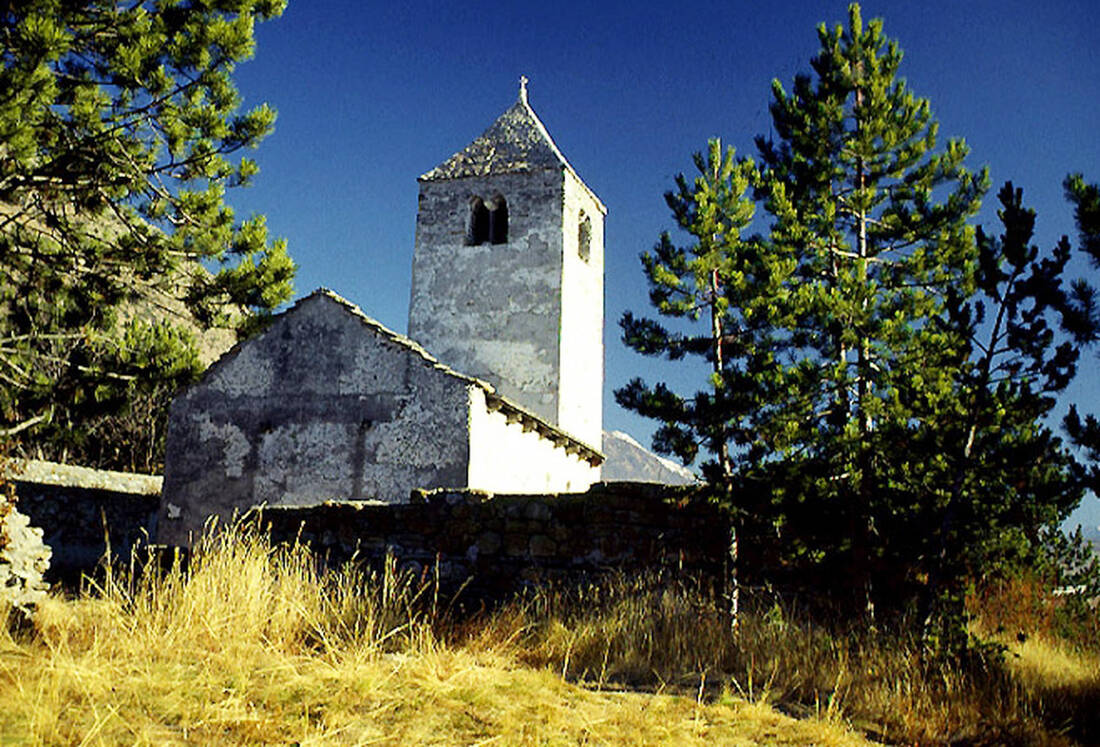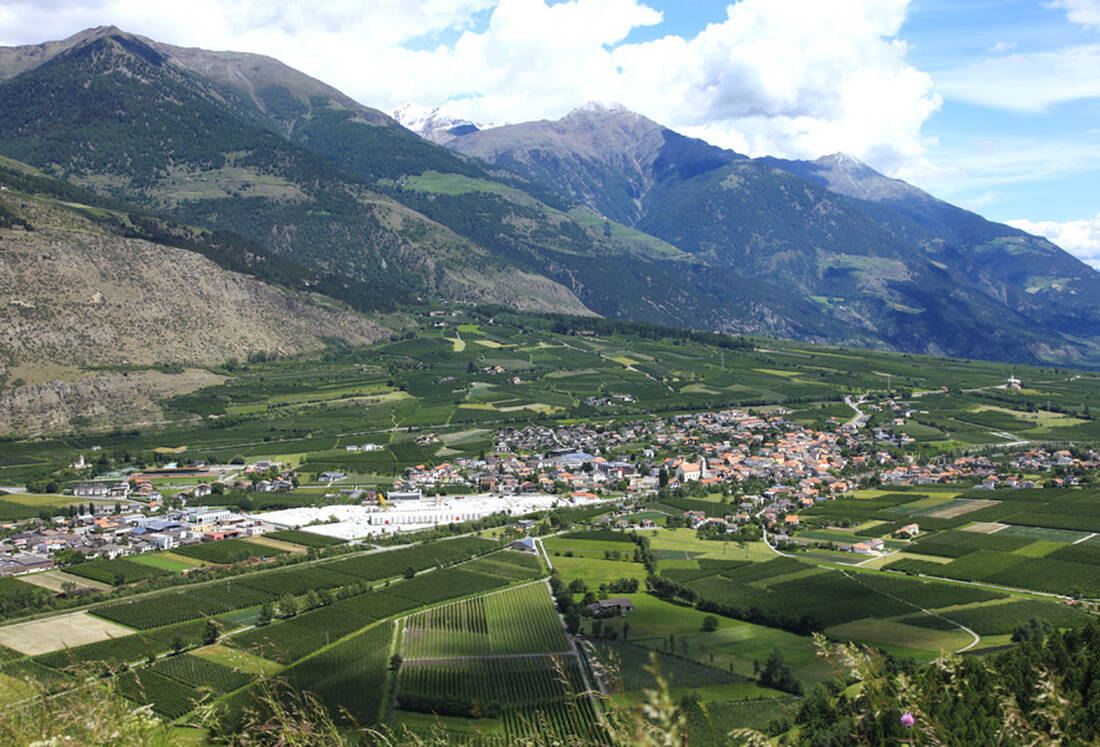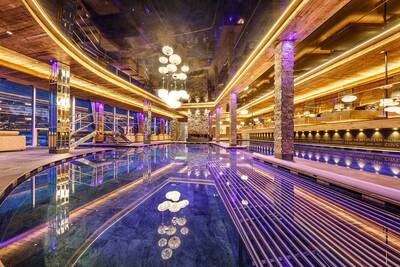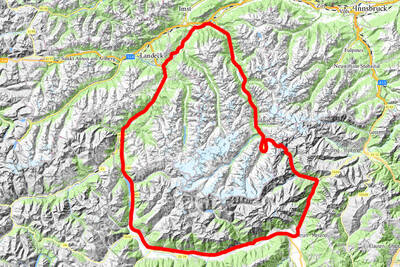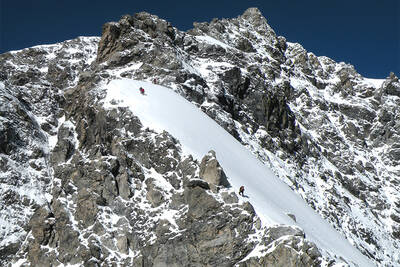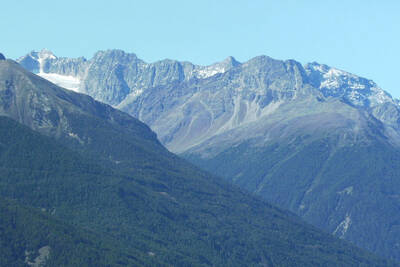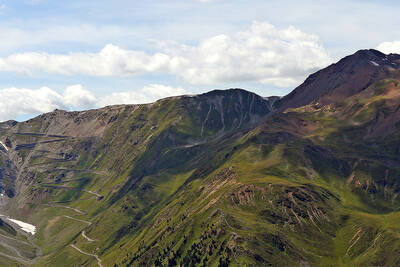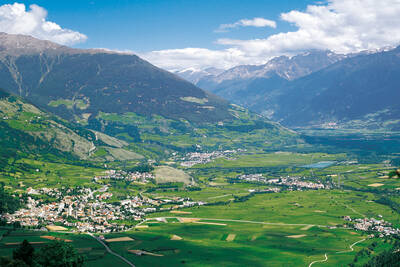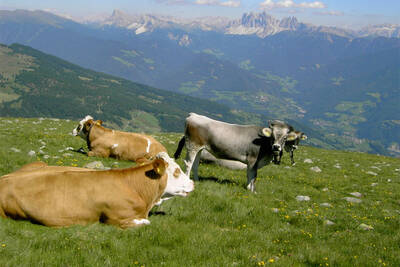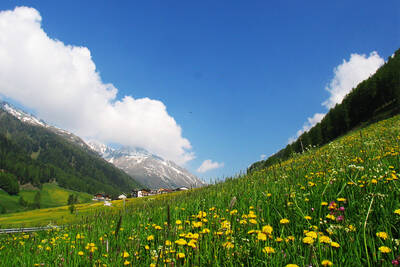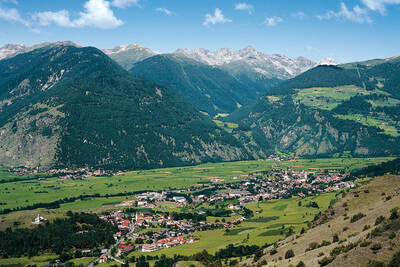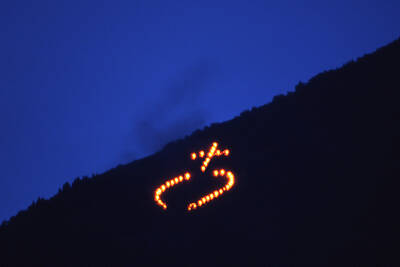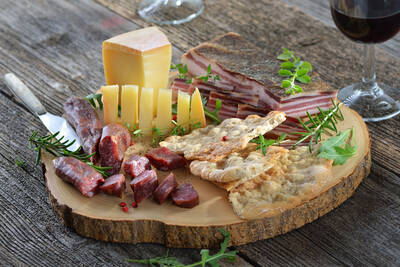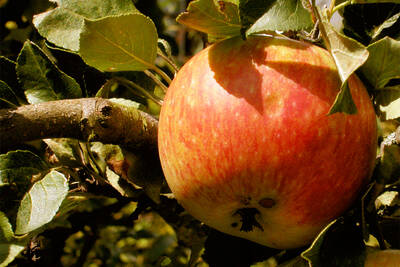Located at 868 meters above sea level in the heart of the Vinschgau valley is the municipality of Lasa. It is affectionately called the "marble village" by the residents and tourists who come back year after year. This is due to the rich marble deposits in the region. However, it is not only the white precious stone that makes the place so special, but also the contrasts of the surrounding landscape that give Lasa a unique flair. The Vinschgau valley is, so to speak, divided in two. On the north side, there are steep slopes that extend up to the Ötztal Alps. The south side, on the other hand, is rich and densely wooded, with the side ridges ending high up at the impressive glacier areas of the famous Ortler group. In the Lasa area, the white marble veins that gently interrupt the idyllic landscape are hard to miss.
The region's climatic dryness, which sometimes poses a real challenge for many farmers, is more than ideal for active holidaymakers. With little precipitation to worry about, you can spend most of the year outdoors, from early to late. In the alpine environment, you can take wonderful walks or hikes and simply let your soul dangle. The proximity to the Ortler group and the Ötztal Alps is ideal for passionate mountaineers and climbers. Culture enthusiasts are drawn to the remarkable churches of St. Johannes, St. Sisinius, and also to the Nikolauskirche, where an impressive fresco painting can be admired on the outside.
Vacation in / Lasa Laas
The Lasa Marble
Lasa is mainly known for its beautiful white marble, which is still being mined here. There are historical indications that the Romans began to use the region's rich marble deposits for themselves. At the beginning of the 19th century, marble mining became the most important industry. The noble stone is present throughout the village. The streets in the town center are made of paved marble, and unique sculptures and marble fountains line the way.
The so-called Weißwasser quarry, located a bit above Lasa, is where the marble is mined. The heavy blocks are then transported down to the valley and further processed by the marble works. In addition, there are also some artists in the village who are dedicated to the "white gold" and create true gems from the stone. The 1982-founded specialized school for stone processing is unique. Here, young people can learn the old craft and reinterpret it. They then work in the profession of stonemason or sculptor.
Enjoyable Vinschgau
The traditional "Marble & Apricot" festival, which takes place every year in Lasa and attracts many enthusiastic visitors, is also dedicated to white marble. As the name suggests, apricot specialties of all kinds and the artistic processing of marble are the focus here. Surrounded by musical performances, sculptors try their hand at the Lasa marble workshop, while visitors can enjoy culinary delights from Lasa and the Vinschgau at numerous market stalls. The town center is particularly romantic in winter. When the landscape is covered in a white blanket, it's time for the Lasa Advent. Tip: Don't miss the traditional bell race and the St. Nicholas procession on St. Nicholas Day.
 How do you like the content of this page?
How do you like the content of this page?
Please give us your feedback!
Topics Summer vacation
Vacation Offers







